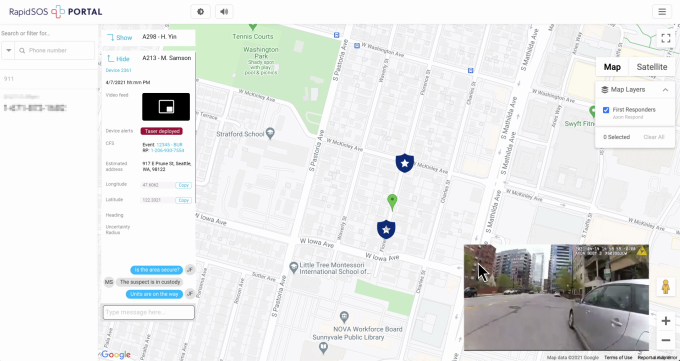What can the OKR software sector tell us about startup growth more generally?
In the never-ending stream of venture capital funding rounds, from time to time, a group of startups working on the same problem will raise money nearly in unison. So it was with OKR-focused startups toward the start of 2020.
How were so many OKR-focused tech upstarts able to raise capital at the same time? And was there really space in the market for so many different startups building software to help other companies manage their goal-setting? OKRs, or “objectives and key results,” a corporate planning method, are no longer a niche concept. But surely, over time, there would be M&A in the group, right?
During our first look into the cohort, we concluded that it felt likely that there was “some consolidation” ahead for the group “when growth becomes more difficult.” At the time, however, it was clear that many founders and investors expected the OKR software market to have material depth.
They were right, and we were wrong. A year later, in early 2021, we asked the same group how their previous year had gone. Nearly every single company had a killer year, with many players growing by well over 100%.
The Exchange explores startups, markets and money. Read it every morning on Extra Crunch or get The Exchange newsletter every Saturday.
OKR company Ally.io grew 3.3x in 2020, for example, while its competitor Gtmhub grew by 3x over the same time period. More capital followed. Ally.io raised $50 million in a Series C in the first quarter, while Gtmhub put together a $30 million Series B during the same period.
They won’t be the final startups in the OKR cohort to raise this year. We know this because we reached out to the group again this week, this time probing their Q1 performance, and, critically, asking the startups to discuss their level of optimism regarding the rest of 2021.
 As before, the group’s recent results are strong, at least when compared to their own planning. But notably, the collection of competing companies is more optimistic than before about the rest of the year than they were before Q1 2021. Things are heating up for the OKR startup world.
As before, the group’s recent results are strong, at least when compared to their own planning. But notably, the collection of competing companies is more optimistic than before about the rest of the year than they were before Q1 2021. Things are heating up for the OKR startup world.
A takeaway from our work today is that our prior notes about how impressively deep the software market is proving to be may have been too modest. And frankly, that’s super-good news for startups and investors alike. So much for SaaS-fatigue.
In a sense, we should not be surprised that OKR startups are doing well or that the startup software market is so large. You’d imagine that the historic pace of venture capital investment that we’ve seen so far in 2021 in Europe and the United States was based on results, or evidence that there was lots more room for software-focused startups to grow.
Interestingly, while these companies look similar to outsiders, they are each betting on strategies and differentiators that could help them win in their selected portion of the OKR space. Which also means that the sector may not be as crowded as it seems.
Don’t take our word for it. Let’s hear from Gtmhub COO Seth Elliott, Workboard CEO and co-founder Deidre Paknad, Koan CEO and co-founder Matt Tucker, Ally.io CEO and co-founder Vetri Vellore, and Perdoo CEO and founder Henrik-Jan van der Pol about just what the software market looks like to them.
We’ll start with how the startups performed in Q1 2021, dig into how they feel about the rest of the year, and then talk about how differentiation among the cohort could be helping them not step on each other’s toes.
Rapid growth
WorkBoard is having a strong start to 2021. Paknad’s company, which raised in both March of 2019 and January of 2020, told The Exchange that it hired 82 people in the first three months of 2021, and that it plans on doing it again in the current quarter. WorkBoard is “investing heavily,” Paknad said via DM, and “made [its] Q1 targets.”
![]()


